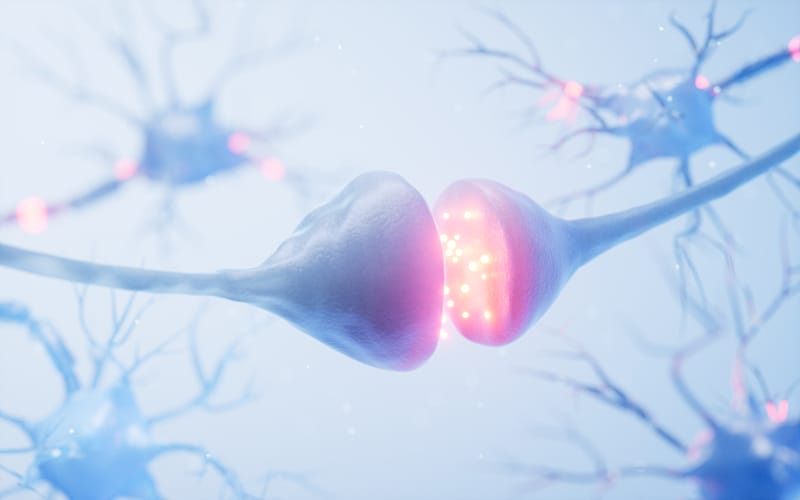New Insights into Glioma Regrowth: Groundbreaking Study Reveals Key Neuron Connections

December 09, 2024
For decades, scientists have struggled to understand why gliomas, a particularly aggressive form of brain cancer, often regrow within the brain but rarely spread to other parts of the body. This elusive mystery has made gliomas one of the most challenging cancers to treat. Now, a team of researchers led by physician-scientist Dr. Hsieh and collaborators from Harvard Medical School (HMS) may have uncovered an important piece of the puzzle.
In a pioneering study published this week in Proceedings of the National Academy of Sciences (PNAS), the team has provided the first detailed look at the types of neurons in the brain that connect to and potentially fuel glioma growth. By profiling these glioma-innervating neurons in mice, the researchers have uncovered crucial insights into the formation and spread of gliomas, offering new avenues for treatment development.
“This study is a critical first step in explaining why gliomas can infiltrate every corner of the brain,” said Dr. Hsieh, first author of the study and HMS instructor in neurology at Massachusetts General Hospital. “We now have a visual map of the neurons that connect to gliomas, which allows us to study how they interact with these tumors and identify potential targets to interrupt their growth.”
These groundbreaking findings offer a promising new direction for glioma research, with the potential to develop strategies that prevent tumor recurrence and improve outcomes for patients battling this devastating cancer.
SOURCE: https://news.harvard.edu/gazette/story/2024/12/why-do-gliomas-tend-to-recur-in-the-brain/
CREDITS: HARVARD